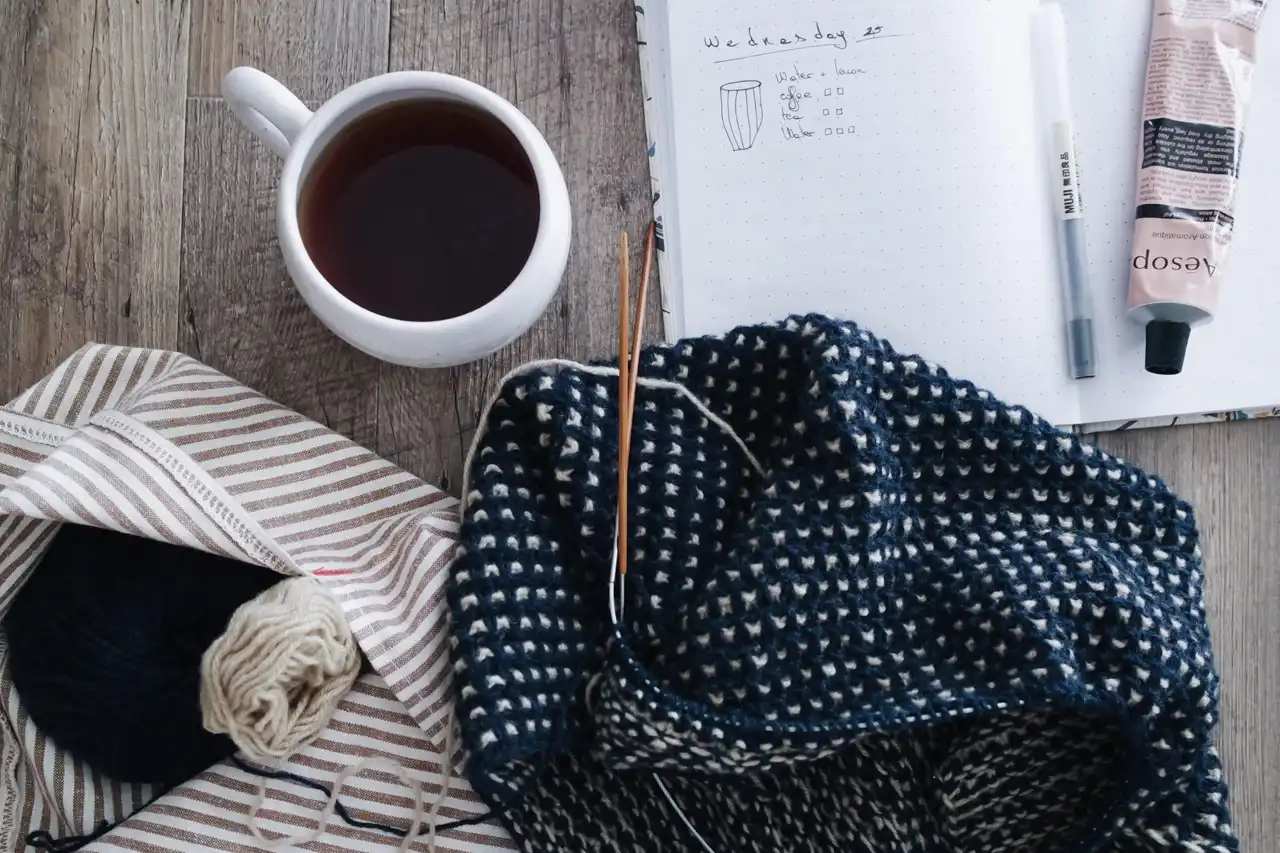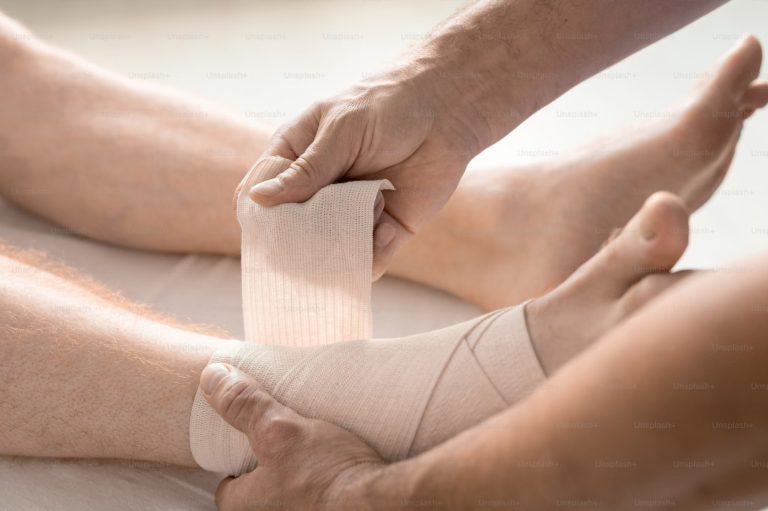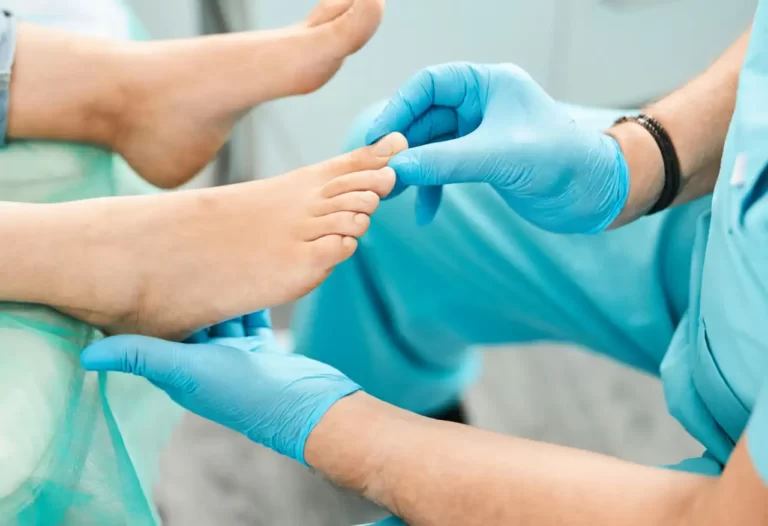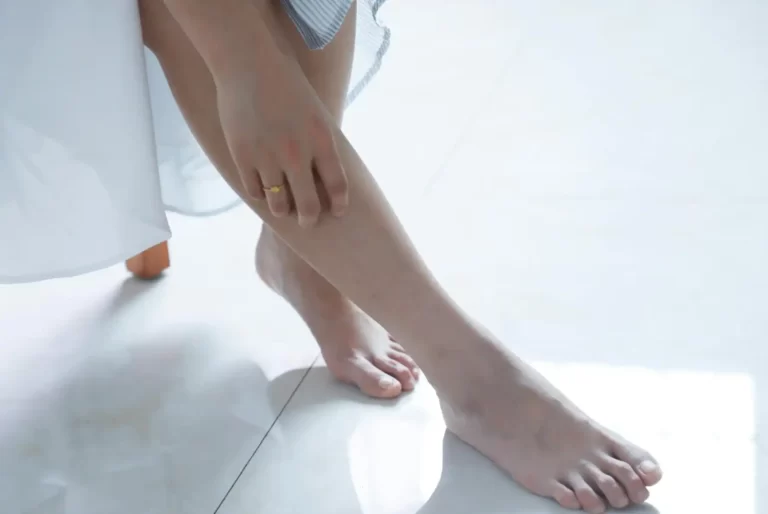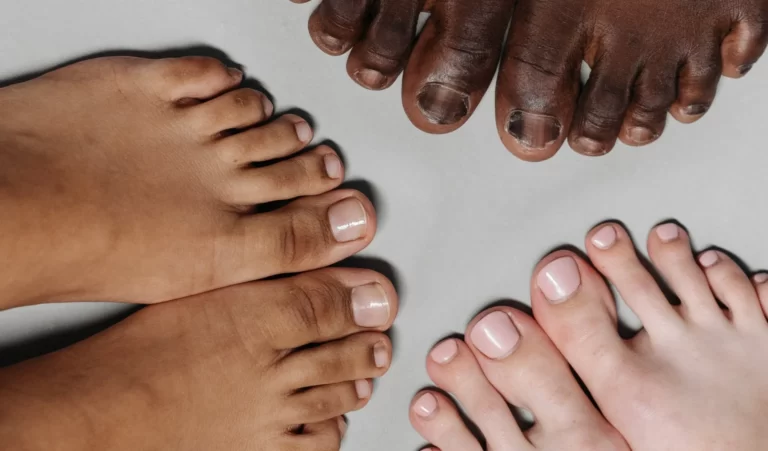Moisture Wicking: The Key to Staying Dry in Active Wear
Moisture-wicking fabric plays a crucial role in keeping athletes and outdoor enthusiasts comfortable during physical activities. This fabric is designed to pull sweat away from the skin and help it evaporate quickly, which keeps the wearer dry and cool. As people engage in various sports or outdoor pursuits, having the right gear can make a significant difference in performance and enjoyment.
When it comes to selecting clothing, many people overlook the importance of moisture-wicking technology. Clothing made from materials like polyester and merino wool efficiently moves moisture to the surface, allowing it to dry faster than traditional fabrics. This feature not only enhances comfort but also reduces the risk of chafing and irritation.
Understanding how moisture-wicking fabric works can help individuals make informed choices when purchasing activewear. With numerous options available, knowing what to look for can elevate their experience, whether they are running a marathon or hiking a trail.
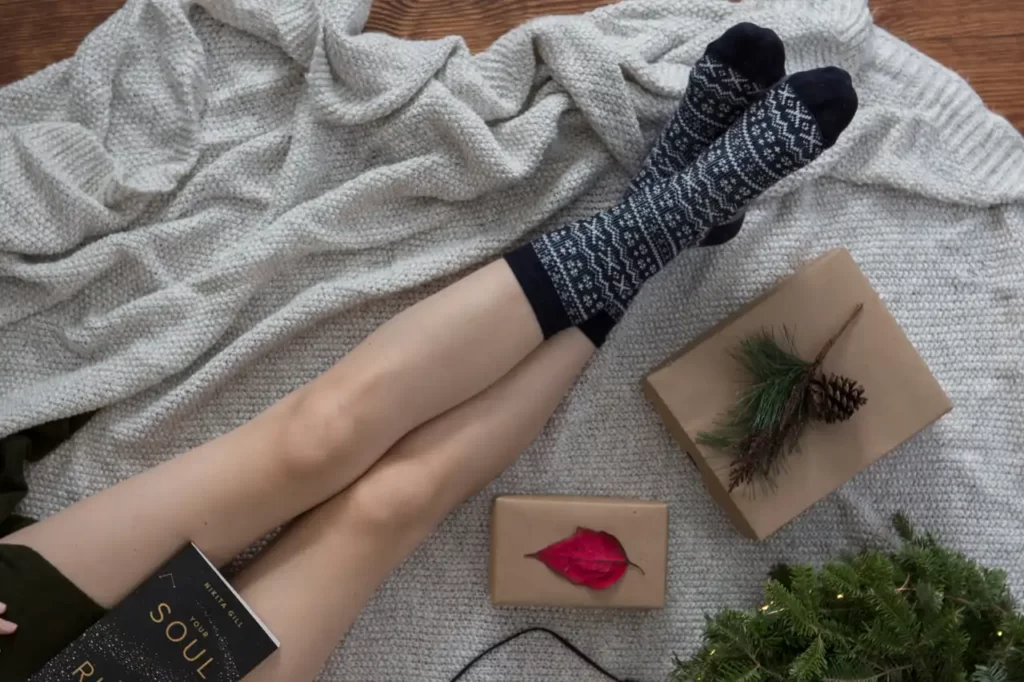
Science of Moisture Wicking
Moisture-wicking technology plays a crucial role in keeping users dry and comfortable. This section explores the material technologies that enable moisture control and the science behind capillary action that drives moisture movement in textiles.
Material Technologies
Moisture-wicking fabrics are typically made from synthetic fibers like polyester or nylon. These materials are designed to transport sweat away from the skin’s surface. This is achieved through their special construction, which includes a hydrophobic outer layer and a hydrophilic inner layer.
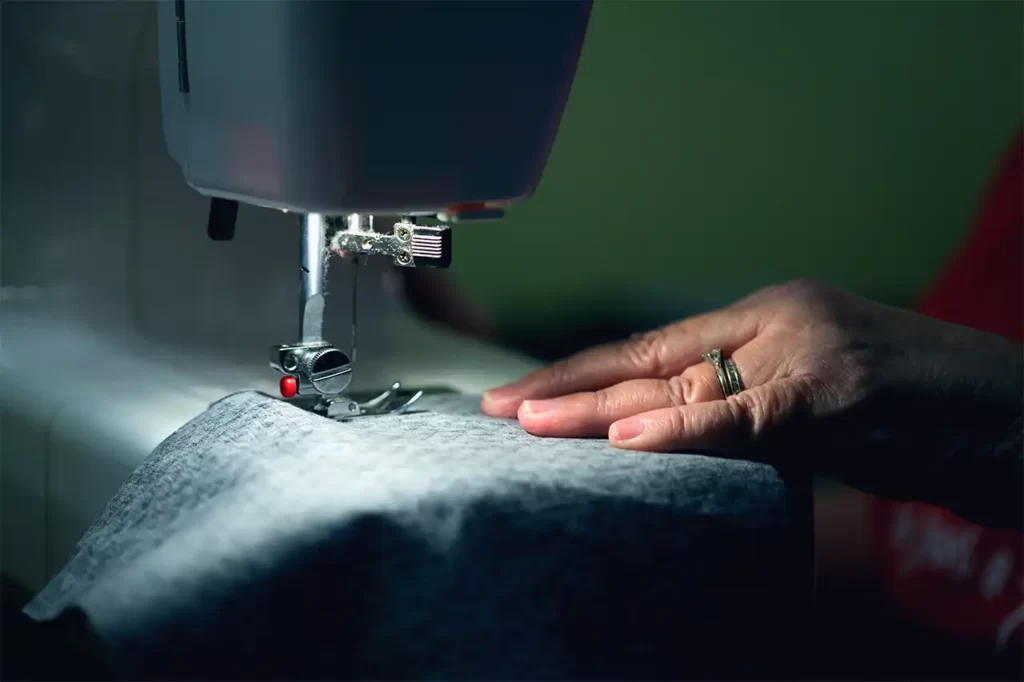
- Hydrophobic Properties: The outer layer repels moisture, preventing it from soaking into the fabric. This allows sweat to be pushed towards the fabric’s surface.
- Hydrophilic Properties: The inner layer absorbs moisture and moves it away from the skin.
These combined features enhance drying time and improve comfort, making these fabrics ideal for athletic wear and high-energy activities. For further information on moisture management in textiles, visit this resource.
Principles of Capillary Action
Capillary action is the main principle behind moisture wicking. It refers to the ability of a liquid to flow in narrow spaces without external forces. In textiles, it operates through micro-gaps between fibers.
- Absorption: When a liquid, like sweat, comes into contact with fabric, the fibers absorb the moisture through these tiny spaces.
- Movement: Once absorbed, the moisture travels along the fibers through capillary forces. This movement allows water to spread across the fabric surface, facilitating evaporation.
The efficiency of moisture movement depends on the fiber’s structure and the size of the gaps. Smaller gaps can pull moisture through more effectively, enhancing the fabric’s wicking ability. For more details on the science behind these textiles, explore this article.
Benefits of Moisture Wicking
Moisture-wicking fabrics offer several specific advantages that improve comfort, performance, and hygiene. These benefits are crucial for those engaging in physical activities or spending time outdoors.
Enhanced Comfort
Moisture-wicking clothing pulls sweat away from the skin, promoting a drier experience. This can be especially beneficial during strenuous activities. When sweat evaporates quickly, it reduces the feeling of clinginess and discomfort often caused by wet fabric.
Many sports enthusiasts notice that wearing moisture-wicking materials leads to less chafing. This is because the fabric’s ability to manage moisture minimizes friction against the skin. As a result, individuals can focus better on their activities without distraction.
Additionally, staying dry helps regulate body temperature. This is important for both comfort and performance, especially in varying weather conditions.
Performance Improvement
The ability to stay dry contributes to improved performance. Athletes often find that moisture-wicking fabrics help maintain energy levels during workouts or competitions. When sweat is managed efficiently, the body can cool itself more effectively.
Moreover, many brands design moisture-wicking garments specifically for athletic use. These clothes often feature lighter materials that allow for a greater range of motion. This can enhance performance in activities such as running, cycling, or team sports.
The quick-drying nature of these fabrics also means they can be washed and dried rapidly. This makes them convenient for those who train frequently and need to clean their gear often.
Health and Hygiene Advantages
Wearing moisture-wicking fabrics can help maintain skin health. By reducing trapped moisture, these materials lower the risk of skin irritations and infections. This is particularly important for individuals who sweat heavily.
Additionally, moisture-wicking technology helps prevent odors. Fabrics that manage moisture effectively are less likely to absorb bacteria that cause unpleasant smells. This is a big advantage for active individuals who want to stay fresh throughout the day.
Another key point is that many moisture-wicking fabrics are treated to be antimicrobial. This helps further protect against germs and promotes overall hygiene. This makes them ideal for athletes, outdoor enthusiasts, and anyone leading an active lifestyle.
Applications of Moisture Wicking Fabrics
Moisture wicking fabrics are used in various industries and settings to improve comfort and performance. Their ability to draw moisture away from the skin makes them ideal for athletic wear, daily apparel, and medical textiles.
Athletic Wear
Moisture wicking fabrics are essential in athletic wear. They help keep athletes dry and comfortable during workouts. These fabrics pull sweat away from the body, allowing it to evaporate quickly. This feature reduces chafing and irritation, allowing for better focus and performance.
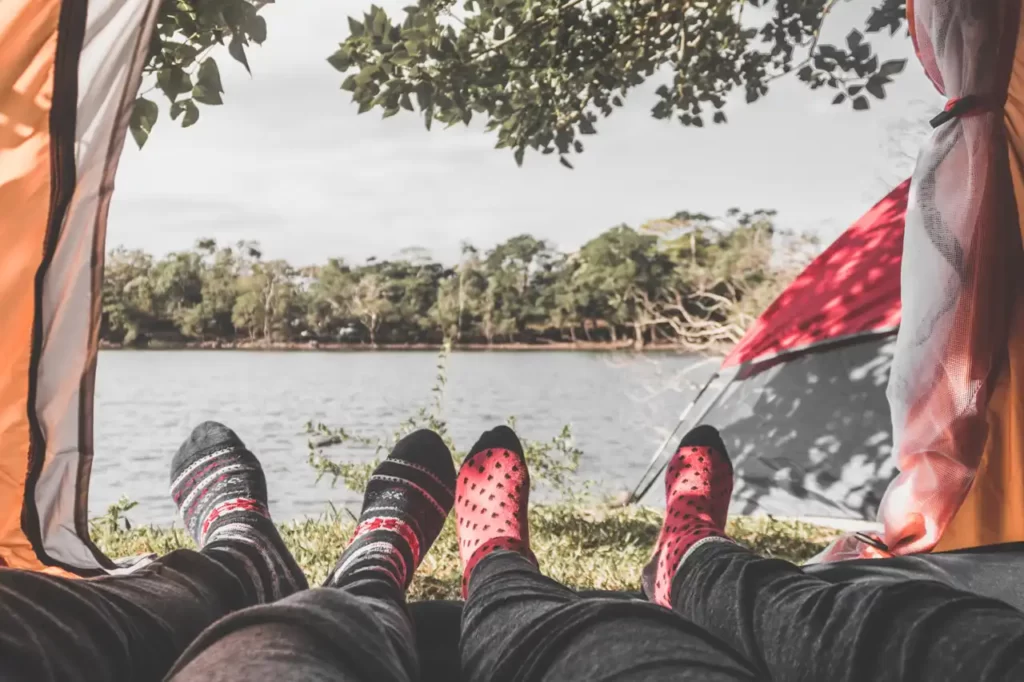
Common materials include polyester and blends that enhance breathability. Many high-performance brands utilize these fabrics in their designs. Sports jerseys, leggings, and running shirts are prime examples where moisture control is crucial. Athletes can benefit significantly from these advancements, enjoying increased endurance and comfort.For further information on Moisture-Wicking by insoles, visit this resource.
Daily Apparel
In daily apparel, moisture wicking fabrics provide comfort in various casual settings. Clothing designed with these materials is popular among those leading active lifestyles. It is especially beneficial during warm weather when sweat can be uncomfortable.
Shirts, shorts, and even underwear made from moisture wicking materials help maintain a comfortable body temperature. These fabrics are often lightweight and stylish, making them suitable for both work and leisure. This versatility enhances daily activities, allowing users to look good while feeling dry and fresh.
Medical Textiles
Moisture wicking fabrics have vital applications in medical textiles. Hospitals and rehabilitation centers use these materials in various healthcare products. They are found in compression garments, bedsheets, and wound dressings.
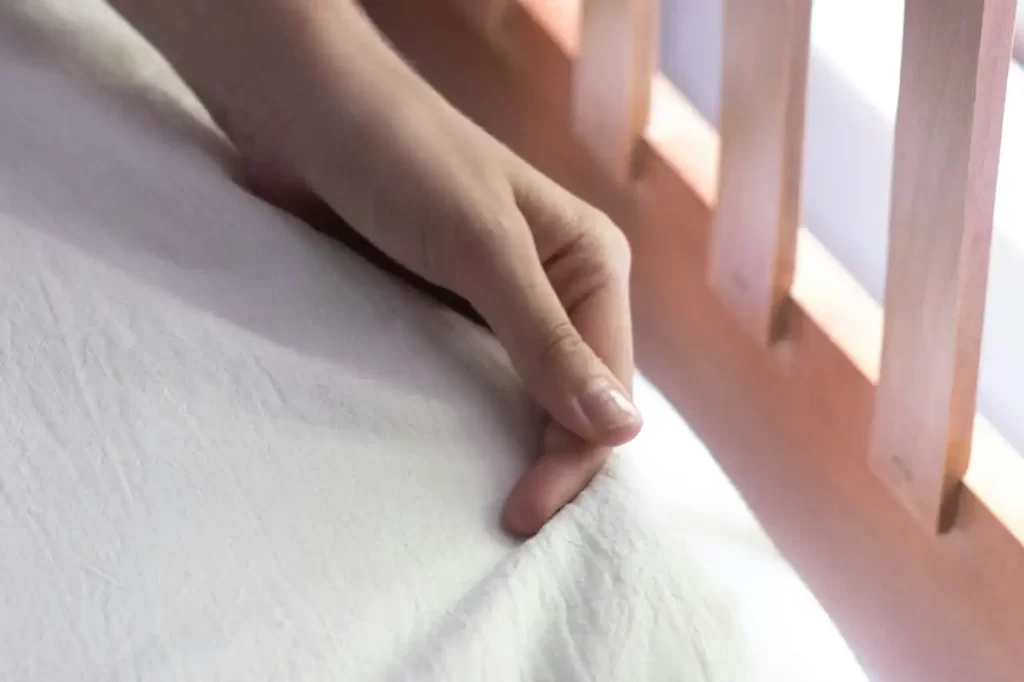
These fabrics help manage moisture in critical areas, promoting skin health. By reducing humidity near the skin, they minimize the risk of infections. Additionally, moisture-wicking technology provides comfort to patients, enhancing their overall recovery experience. The use of these fabrics in medical settings shows the importance of moisture management in promoting health and healing.
Materials and Fibers
Choosing the right materials and fibers is crucial for effective moisture-wicking performance. Understanding the differences between synthetic and natural fibers, as well as innovative blends, helps in selecting the best options for athletic wear.
Synthetic vs Natural Fibers
Synthetic fibers, such as polyester, nylon, and polypropylene, dominate the moisture-wicking market. These materials are designed to pull moisture away from the skin, allowing it to evaporate quickly. They often feature excellent durability and quick-drying properties, making them ideal for sports and outdoor activities.
Natural fibers, like cotton and bamboo, are generally less effective at wicking moisture. Cotton absorbs water, which can lead to discomfort during physical activities. However, bamboo has some moisture-wicking properties and is softer against the skin. It is an eco-friendly choice, providing breathability and thermal regulation.
Innovative Blends
Innovative blends combine the advantages of both synthetic and natural fibers. For example, many athletic brands create materials that blend polyester with cotton or bamboo. This combination offers enhanced moisture management while maintaining comfort.
One effective blend is a polyester-spandex mix, which provides stretch and retain shape while wicking moisture. Another popular option involves combining nylon with other synthetic materials to enhance strength and water resistance. Innovative blends continue to evolve, providing better performance and comfort for active individuals.
Manufacturing Processes
The manufacturing of moisture-wicking fabrics involves several key processes that enhance their performance. These include fabric knitting and weaving, chemical treatments, and the integration of advanced technologies. Each process plays a crucial role in developing materials that effectively manage moisture and provide comfort.
Fabric Knitting and Weaving
Fabric knitting and weaving are fundamental techniques used in creating moisture-wicking textiles. Knitting involves interlocking loops of yarn, resulting in flexible and stretchy materials. This method allows for better air circulation and moisture movement, making it ideal for active wear.
Weaving, on the other hand, intertwines threads at right angles, producing a more rigid fabric. Various weave patterns can enhance moisture wicking by creating microspaces that facilitate vapor transfer. Fabrics such as polyester and nylon are popular choices for these methods due to their lightweight and quick-drying properties.
Chemical Treatments
Chemical treatments are applied to enhance the moisture-wicking properties of fabrics. These treatments can modify the surface characteristics of the fibers, promoting water vapor transmission. Common treatments include silicone finishings that create a hydrophobic surface, encouraging moisture to move away from the skin.
Other treatments involve integrating special additives into the fibers during the production process. These additives can include biopolymers and graphene, which significantly improve moisture management. Effective chemical treatments ensure that fabrics maintain their performance over time while remaining safe for the environment.
Technology Integration
The integration of technology into moisture-wicking fabrics has advanced their functionality. Innovative approaches include developing smart textiles that incorporate sensors for monitoring temperature and humidity. These textiles can adapt to environmental conditions, enhancing user comfort.
Additionally, advances in weaving techniques allow for the incorporation of intricate patterns that enhance breathability. Manufacturers are also exploring sustainability by using eco-friendly materials and processes, minimizing the environmental impact of producing moisture-wicking fabrics. These technological advancements make modern moisture-wicking fabrics highly effective for various applications.
Care and Maintenance
Proper care and maintenance of moisture-wicking fabrics is essential for ensuring they last and perform well. Following the right laundry techniques and understanding the fabric’s durability can help maintain its effectiveness and comfort.
Washing and Drying
Moisture-wicking garments should be washed in cold water. This helps to preserve the fabric’s special properties. Using a gentle cycle will prevent wear and tear.
Detergent Matters: It is advisable to use a mild detergent without fabric softeners. Fabric softeners can coat the material and block its moisture-wicking abilities.
After washing, avoid high heat drying. Instead, air-dry the clothes or use a low-heat setting in the dryer. High temperatures can damage the fiber structure and reduce the fabric’s performance.
Durability and Lifespan
With proper care, moisture-wicking fabrics can have an extended lifespan. It’s important to inspect them regularly for wear and tear, especially after heavy use. Signs of damage may include fraying seams or thinning fabric.
Storage Tips: Store these garments in a cool, dry place, away from direct sunlight. This prevents fading and degradation of the fibers over time.
By keeping the fabric clean and stored correctly, it can continue to provide comfort and moisture management during activities. Consistency in maintenance is key to maximizing the durability and effectiveness of moisture-wicking clothing.
Environmental Impact
Moisture-wicking fabrics offer benefits for comfort and performance, but their production can impact the environment. This section examines sustainability concerns and the role of recycling and upcycling in mitigating these effects.
Sustainability Concerns
The production of moisture-wicking fabrics often involves synthetic materials like polyester and nylon. These materials are derived from fossil fuels, which raises concerns about their environmental footprint. The manufacturing process can generate significant greenhouse gas emissions and consume large amounts of water.
Moreover, many moisture-wicking fabrics are not biodegradable. When these textiles end up in landfills, they can take hundreds of years to decompose. There are also issues with microfibers shedding during washing, which can pollute oceans and harm marine life. Eco-friendly alternatives like Lyocell are emerging, offering better sustainability through their production processes and biodegradable properties. For example, Lyocell can absorb moisture better than cotton while being more environmentally friendly.
Recycling and Upcycling
Recycling and upcycling are critical for reducing the environmental impact of moisture-wicking fabrics. Many companies are investing in recycling programs that collect used textiles to repurpose them into new products. This process helps to minimize waste and conserve resources.
Upcycling involves creatively reusing old fabrics to create stylish and functional new items. For instance, worn-out moisture-wicking shirts can be transformed into bags or home décor. Such practices not only cut down on waste but also promote a circular economy. Consumers can play a role by choosing brands committed to sustainability and recycling initiatives. These efforts contribute to reducing the overall environmental burden of moisture-wicking textiles.
Market Trends
The moisture-wicking fabrics market is experiencing notable shifts driven by changing consumer preferences and innovations in textile technology. These trends highlight the growing demand for functionality and comfort in clothing.
Consumer Demand
There is a significant rise in consumer interest in moisture-wicking fabrics, particularly in the athletic wear segment. People are increasingly looking for clothing that keeps them dry and comfortable during workouts and daily activities.
This trend is supported by a projected market growth from approximately US$ 1.0 billion in 2023 to about US$ 2.4 billion by 2034, with a compound annual growth rate (CAGR) of 8.0% from 2024 to 2034. The appeal of moisture-wicking materials lies in their ability to enhance performance, reduce skin irritation, and improve overall comfort.
Innovation in Textiles
Technological advancements in fabric development are transforming the moisture-wicking market. Many brands are incorporating features like anti-odor, UV protection, and embedded sensors that monitor health metrics.
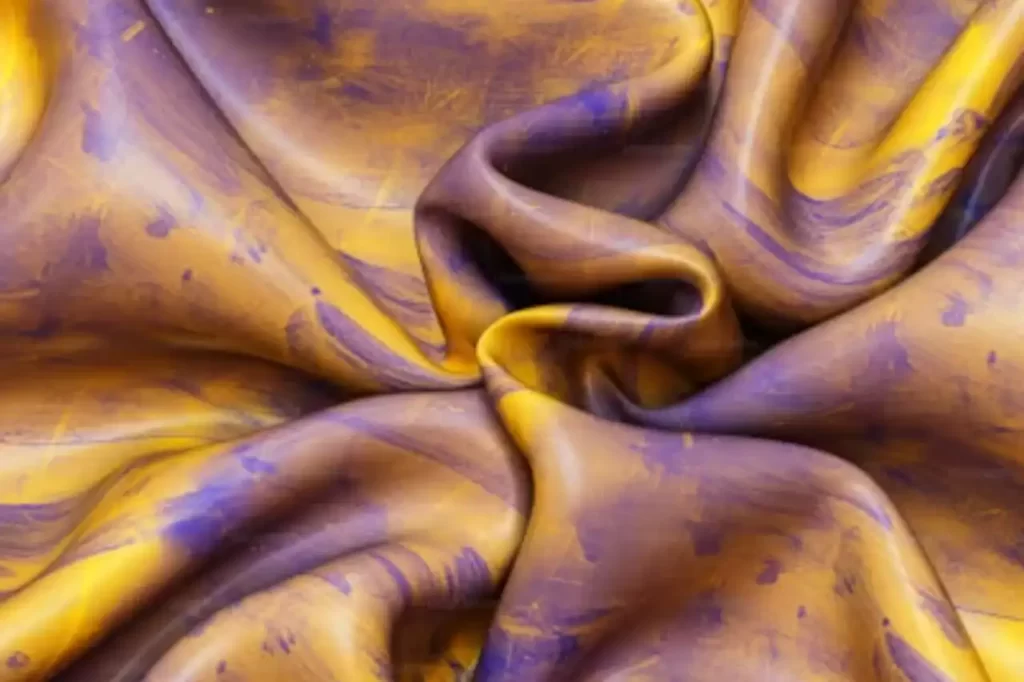
These innovations improve the functionality and appeal of activewear. For instance, smart fabrics are becoming popular, as they offer health tracking in a discreet manner. With advancements in textile technology, brands face increasing opportunities to attract health-conscious consumers seeking both style and performance.
Regulatory Standards and Certification
Regulatory standards and certifications play a crucial role in ensuring the quality and performance of moisture-wicking fabrics. These standards establish guidelines that manufacturers must follow to ensure their products meet specific criteria. Understanding these specifications and quality assurance processes can help consumers make informed decisions.
Industry Specifications
Various organizations set industry standards for moisture-wicking textiles. The American Association of Textile Chemists and Colorists (AATCC) is one key body involved in this area. It provides test methods such as AATCC 197 for vertical wicking and AATCC 200 for absorbent capacity.
These standards help evaluate the effectiveness of moisture management in fabrics. They consider aspects such as:
- Wicking distance
- Wicking time
- Liquid absorbency
Complying with these specifications ensures that a fabric performs well in real-world applications, such as activewear and sports garments.
Quality Assurance
Quality assurance is vital for maintaining the integrity of moisture-wicking fabrics. Manufacturers often implement rigorous testing to meet industry standards. This includes testing for properties like drying time and overall moisture management.
Many companies seek certification from recognized testing bodies. Certifications validate that products meet set performance criteria, improving consumer confidence. Some commonly recognized certifications include:
- OEKO-TEX Standard 100
- ISO 9001
These certifications not only verify product quality but also promote environmental and safety considerations, making them important for consumers and manufacturers alike.
Frequently Asked Questions
Moisture-wicking fabrics have gained popularity for their ability to manage sweat and enhance comfort. This section covers key details about how these materials function, their benefits for athletes, and common fibers used in their production.
How do moisture-wicking fabrics work?
Moisture-wicking fabrics pull sweat away from the skin through a process known as capillary action. The tiny spaces in the fabric transport moisture to the surface, where it can evaporate quickly. This keeps the body cooler and drier during physical activities.
Can moisture-wicking materials improve athletic performance?
Yes, moisture-wicking materials can enhance athletic performance. By keeping the body dry, they help maintain a comfortable temperature during exercise. This allows athletes to focus better and perform at their best without the distraction of sweaty clothing.
Are there differences between moisture-wicking and waterproof properties?
Moisture-wicking fabrics are designed to move sweat away from the body, while waterproof materials block water from entering. Moisture-wicking allows for evaporation, making it suitable for active use. Waterproof fabrics are meant to keep you dry from external water sources, often at the cost of breathability.
What are the benefits of wearing moisture-wicking clothing for the skin?
Wearing moisture-wicking clothing can help prevent skin irritation caused by sweat. The ability of these fabrics to keep skin dry reduces the risk of rashes and chafing. This is especially important during intense workouts or in warm weather.
How does moisture-wicking technology compare to Dri-Fit?
Moisture-wicking technology is a broad category that includes many types of fabrics designed to pull moisture away from the body. Dri-Fit is a specific brand technology developed by Nike. While both aim to manage moisture, Dri-Fit has unique features tailored for athletic use.
What types of fibers are commonly used in moisture-wicking clothing?
Common fibers used in moisture-wicking clothing include polyester, nylon, and blends with natural fibers like merino wool. Polyester and nylon are favored for their lightweight and durable properties. Merino wool offers excellent moisture management while providing warmth in cooler conditions.

